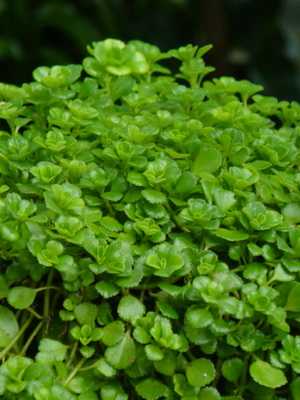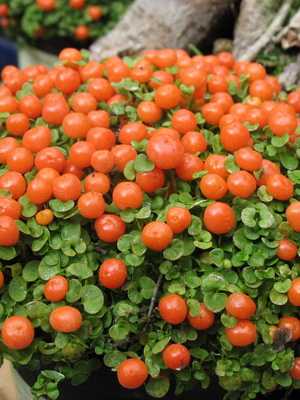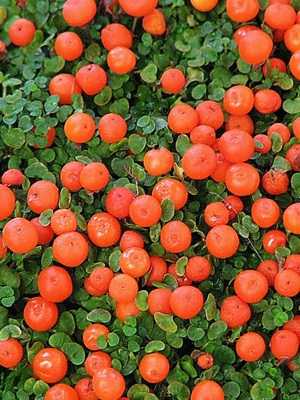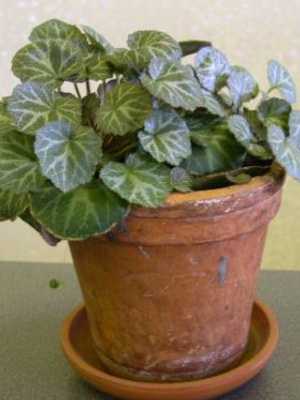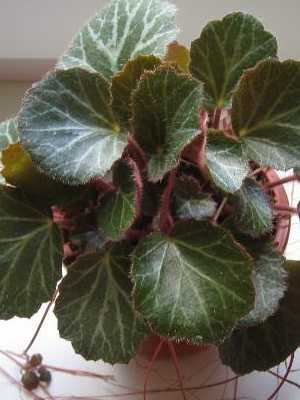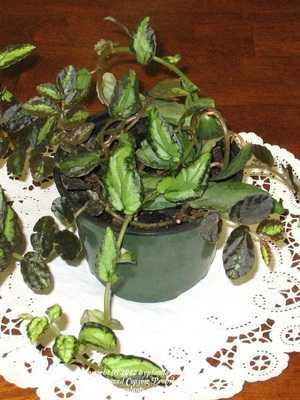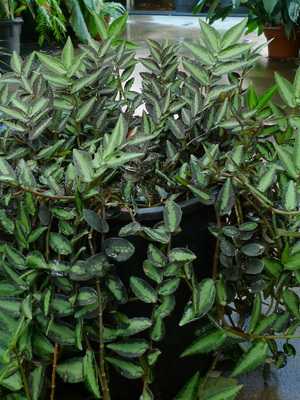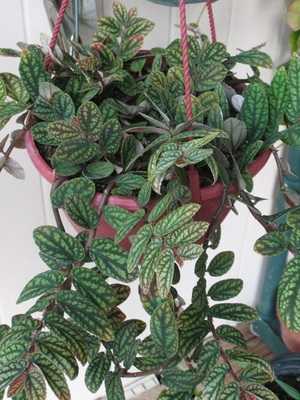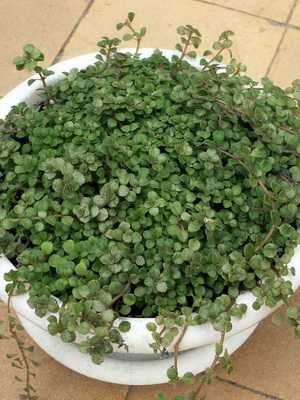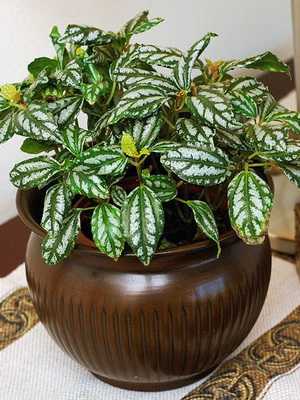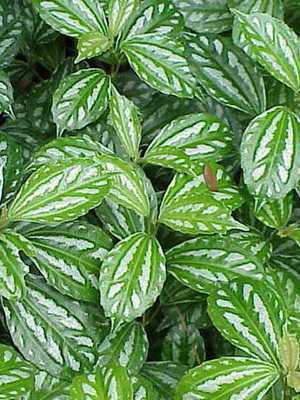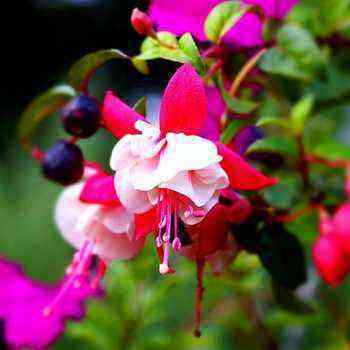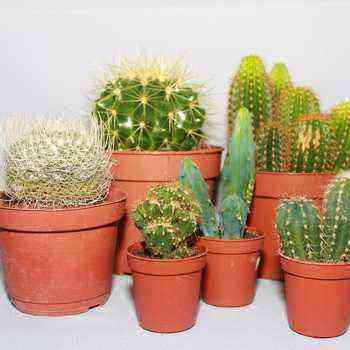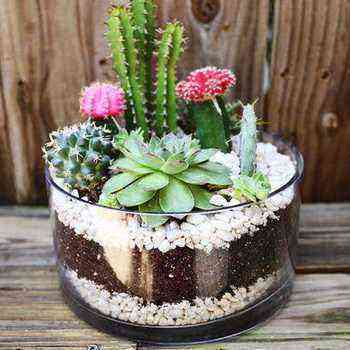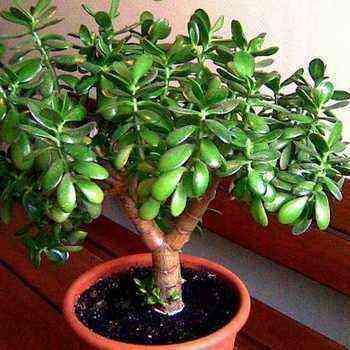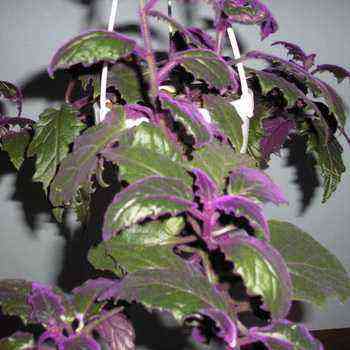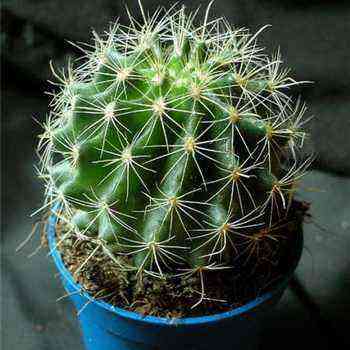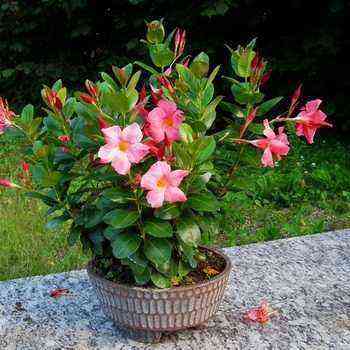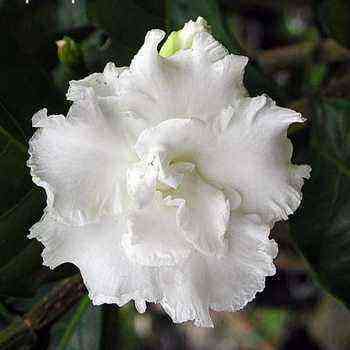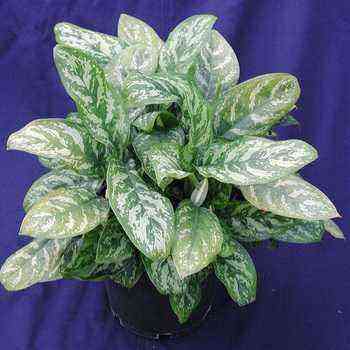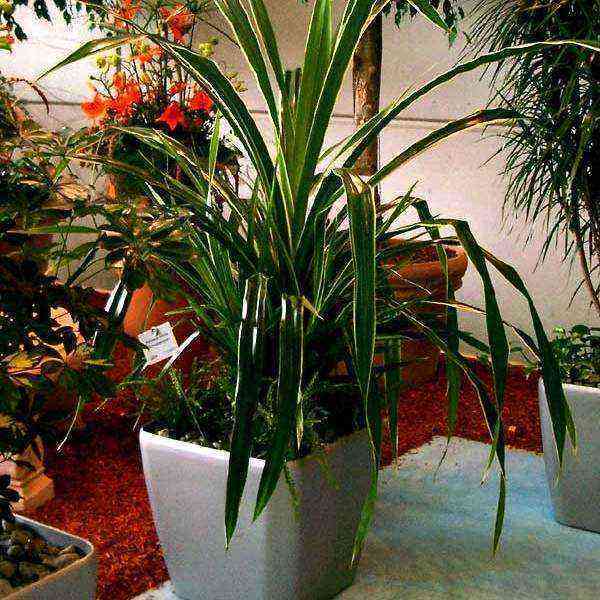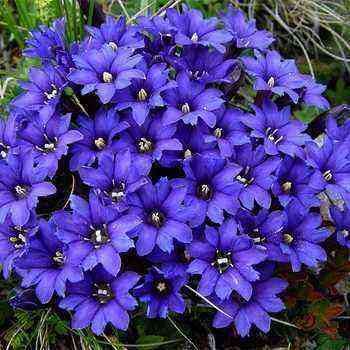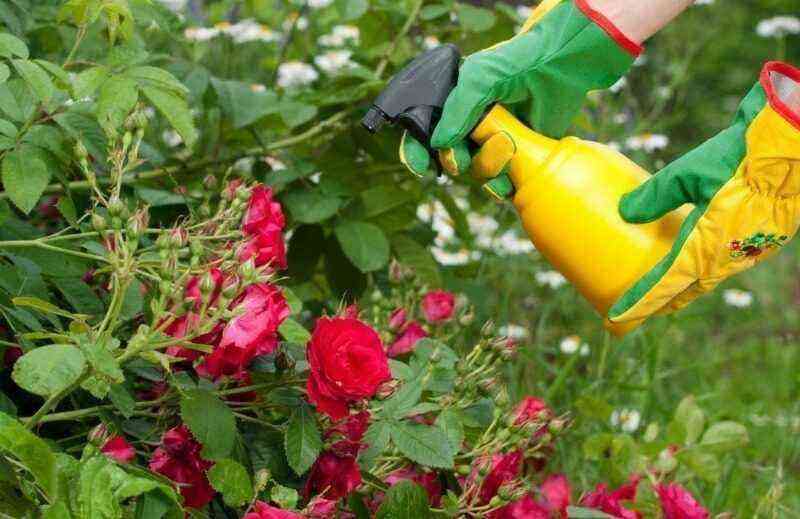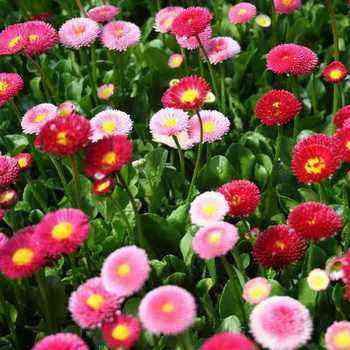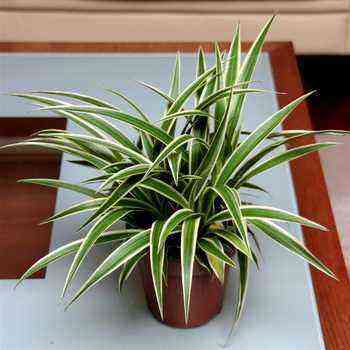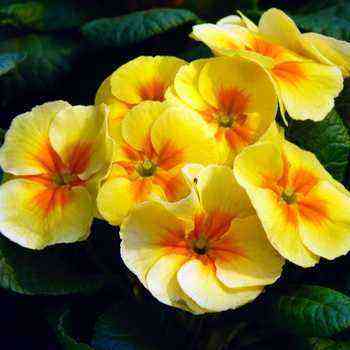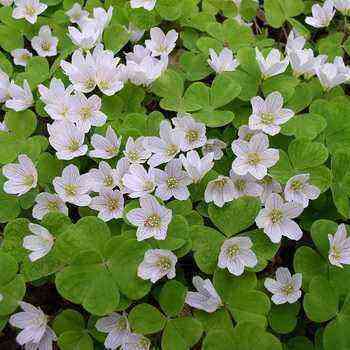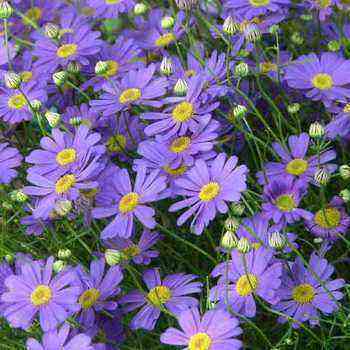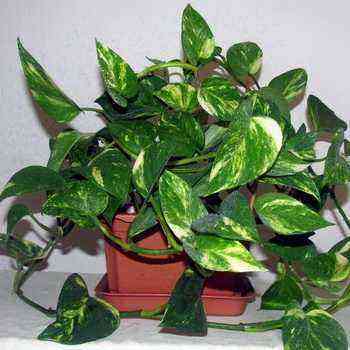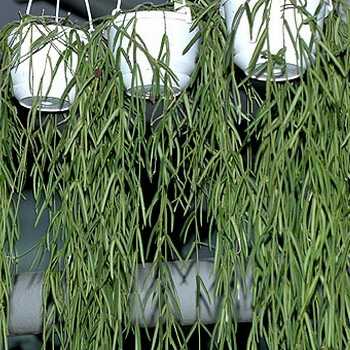
Creeping indoor flowers helxine (HELXINE)
Gelksine creeping indoor flowers are easy to propagate at home. A small piece of a clump of an old plant is placed on the surface of the damp soil in a pot, and within a short time, tiny green leaves cover the entire surface. Gelksine grows excellently in hanging baskets or is used to cover the soil around tall plants.
Varieties
Mossy curtains of Gelxin Soleirolia (Helxine soleirolii, or Soleirolia soleirolii) have been used to cover soil in greenhouses for a long time. Argentea has silvery leaves.
Care
Temperature: Moderate – at least 7 ° C in winter.
Shine: Bright light without direct sunlight works best, but can grow almost anywhere.
Watering: Keep the soil moist at all times.
Air humidity: Spray the foliage frequently.
Transfer: Replant if necessary in the spring.
Reproduction: Very easy – plant a small part of the curtain at any time of the year.
Indoor flowers ampelous neptera (NERTERA)
Small white flowers of nepters are replaced by berries that adorn the plant all autumn and winter. Provide plenty of water, fresh air and bright light. Almost always, ampelous indoor flowers are thrown out after the berries have lost their decorative effect. With care, however, it can be maintained for several years.
Varieties
A mat of creeping stems and small (0,5 cm) leaves of Nertera depressa may be mistaken for gelxine, but it is immediately recognizable as pea-sized berries appear.
Care
Temperature: Cool – min. 4 ° C in winter.
Shine: Brightly lit areas with some direct sunlight.
Watering: Keep the substrate moist all the time, water sparingly in winter.
Air humidity: Spray the foliage from time to time.
Post-flowering care: Store in a cool and fairly dry environment during the winter – increase watering when new growth appears.
Reproduction: Dividing plants in the spring before taking them to the open air.
Creeping flower saxifrage (SAXIFRAGA)
The creeping saxifrage flower forms a very long thin red whiskers, which bear miniature plants at the ends. In the summer, inflorescences of nondescript flowers appear. The S. sarmentosa tricolor variety is more attractive, but unfortunately it grows slowly and is more whimsical.
Varieties
Saxifraga sarmentosa, or S. stolonifera, has olive green leaves with silvery veins. Its height is about 20 cm, and the whiskers are up to 1 m long. The colorful tricolor variety is smaller in size.
Care
Temperature: Cool or moderate temperature; minimum 4-7 ° C in winter.
Shine: A brightly lit area away from direct sunlight.
Watering: Water liberally from spring to fall. Water sparingly during the winter.
Air humidity: Spray the foliage from time to time.
Transfer: Repot in the spring annually.
Reproduction: Very simple. Pin the daughter rosette to the substrate – cut off the stolon when it is rooted.
Creeping flowers selaginella (SELAGINELLA) and their photos
Selaginella is a glass garden plant; its tiny leaves shrivel in the dry air of hot rooms. You can try growing it in a shallow, well-drained pot in partial shade. Use soft water for watering and spraying. S. scaly (S. lepidophylla) is an innovation – it is bought in the form of a dry ball and brought back to life by soaking in water. Next, you can see the creeping flowers in the photo, which illustrate the beauty of plants:
Varieties
Selaginella uncinata is used as an ampelous plant. S. martensii has erect stems 30 cm high and aerial roots that grow into the compost.
Care
Temperature: Moderate – at least 13 ° C in winter.
Shine: Penumbra.
Watering: Keep the soil moist all the time – reduce watering in winter. Use soft water.
Air humidity: Spray, but do not wet, foliage regularly.
Transfer: Replant if necessary in the spring.
Reproduction: Stem cuttings in spring or summer.
Ampel flowers Pellionia (PELLIONIA) and their photos
Pellionia ampel flowers are suitable for growing in a terrarium or garden in a bottle, and when used in hanging baskets or as a ground cover between other plants, they are more demanding. Pellionia needs moist air and warmth in winter. They are extremely sensitive to drafts. The following are ampelous flowers in the photo showing different stages of development:
Varieties
Ampelionia daveauana (Pellionia daveauana) has a light stripe in the center of each leaf, and the outer border can be olive or bronze-green. P. fine (P. pulchra) has a very dark color along the veins on the upper surface of the leaf and purple veins on the bottom.
Care
Temperature: Moderate – at least 13 ° C in winter.
Shine: Partial shade or a bright place without direct sunlight.
Watering: Keep the substrate moist at all times – reduce watering in winter. Use soft water.
Air humidity: Spray the foliage frequently.
Transfer: Repot every two years in the spring.
Reproduction: Division of plants during transplantation. Stem cuttings root easily.
Ampel pilea flower (PILEA) and its photo
The bushy saws are compact and not difficult to grow, but they quickly become ankle. Since their cuttings root easily, new plants can be grown every spring. There are several ampelous species, including the monofilament saw (P. nummularifolia), the pressed saw (P. depressa) and P. small-leaved (P. microphylla). You can see further on the page ampelous flower in the photo:
Varieties
Pilea Kadier (Pilea cadierei) 30 cm high – the most popular type; its varieties Norfolk and Bronze have colored leaves. The Moon Valley pylaea has lumpy leaves with prominent brown veins.
Care
Temperature: Moderate – at least 10 ° C in winter.
Shine: Bright light or partial shade – protect from direct sunlight in summer.
Watering: Water liberally from spring to fall – water sparingly during winter. Use lukewarm water.
Air humidity: Spray the foliage regularly.
Transfer: Repot your stored plants in the spring.
Reproduction: Stem cuttings in spring or summer.

